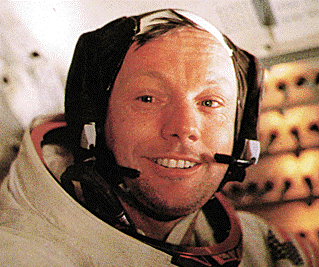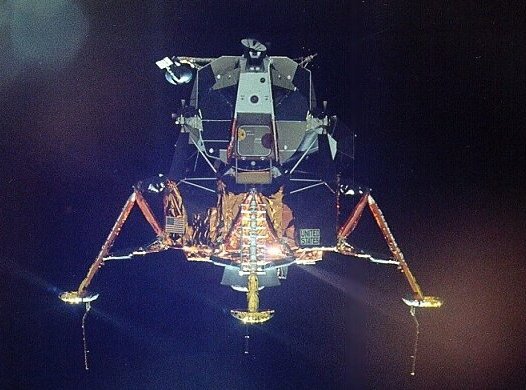

Blue Skies Neil Armstrong by John Hall. | The JetAv Blog | Premier Jet Aviation
The year was 2000 and I had one of the very best jobs in aviation. I was with Cessna Aircraft Company and fortunate to be the Director for one of 5 global Citation sales Divisions that was perpetually the top performer, the CJ/Bravo Division. In fact, this Cessna Division was the highest performing sales teams in aviation, teaming with brilliant individuals, and personal friends as well. Life was good. Nevertheless, at the height of our success, I left all of that to become one of the four founding executives of the start-up Citation-only fractional ownership program, CitationShares (now rebranded CitationAir). My contemporaries questioned my sanity. CitationShares was founded as a 50/50 partnership between Cessna and TAG, the Board of Directors consisted of three members from Cessna, three members from TAG, and a seventh independent Board Member who would also serve as Board Chairman. I expressed little interest in joining the venture when first approached by Cessna’s CEO, until I was told the selection of the seventh Board Member had been narrowed down to two individuals, Fred Smith, founder of Federal Express, and Neil Armstrong, first man to walk on the moon. Neil accepted, and so did I, taking a giant leap personally for the opportunity of working directly with a personal hero and one of the most important figures in aerospace history.
During my years at CitationShares I had many opportunities to work with and spend personal time with Neil. Travel, Board meetings, dinners, even one-on-one time with him for several hours in the back of a Citation business jet. Neil would always politely answer questions about the space program without elaboration, questions he quite literally must have been asked thousands of time before. But when the subject turned to flying airplanes, he seemed to sincerely enjoy the conversation as most knew everything about his space accomplishments, and little about his flying background. Neil enjoyed talking about flying the F104 in support of the Mercury program, the X-1A, X-15, and even his personal Cessna 310. Neil was a pilot first, and passionate about aviation.
While Neil seldom proactively discussed the moon mission, I was very fortunate to get a rare firsthand “there I was, landing on the moon” story after a few beers at a hotel bar in Geneva Switzerland. Neil came alive and was unusually animated while describing the challenges of landing the lunar lander “Eagle” on the moon. Those at surrounding tables kept glancing our way wondering why the elder statesman at our table was making such a commotion. If they only knew who he was, and the story he was telling. “So, there we were targeting our landing which quickly becaome evident was a bad choice and I had to hand fly the lander to a better location, while dealing with multiple malfunctions and low on fuel….”. We all know how this story ended.
It started with the LLRV flight program, in all, NASA built two Lunar Module trainers of this type and knowledge gleaned from which then led to the three Lunar Landing Training Vehicles (LLTVs). There were two distinct modes of flight for the LLTV. The basic mode was with the gimbaled engine fixed to the body so that it always pointed downward in relation to the body. But in the gimbaled “Lunar Sim Mode”, the engine was allowed to swivel and was kept pointing downward to the earth. This allowed the vehicle to tilt at the far greater angles that would be typical of hovering and maneuvering above the lunar surface. Despite its ungainly appearance, the LLRV was equipped with an astonishingly sophisticated array of early sensor and computational hardware. The system had no specific name, but the effect it produced was called “Lunar Sim Mode”.
During training flights at Ellington AFB near Houston, Texas, three of the five vehicles were destroyed in crashes. Two were an early version called the Lunar Landing Research Vehicle or LLRV. Neil Armstrong was flying LLRV-1 on May 6, 1968 when it went out of control. He ejected safely and the vehicle crashed.
The decision the leave Cessna to help start CitationShares is one I have never regretted, even though it was one of the most challenging chapters of my aviation career. Neil Armstrong made it all worthwhile and it was an honor to serve with him, a true American Hero.

Incredible post! Can't wait for Post #2 and #3 in the Neil Armstrong personal stories series!
Like the age of Columbus, we have been living through the age of Armstrong. Nice article.
Nice story John and wonderful memories! And a great tribute to Neil Armstrong.